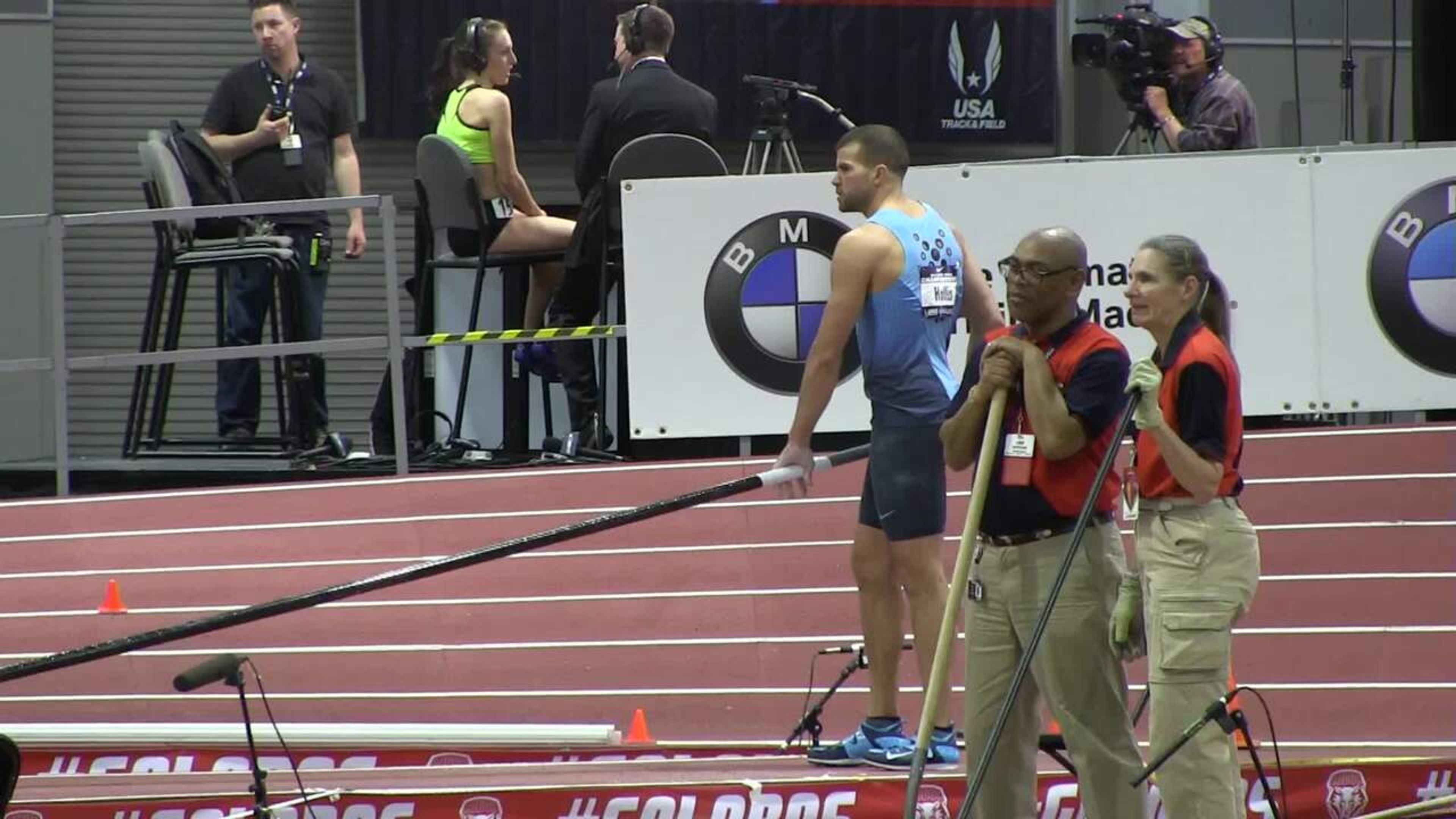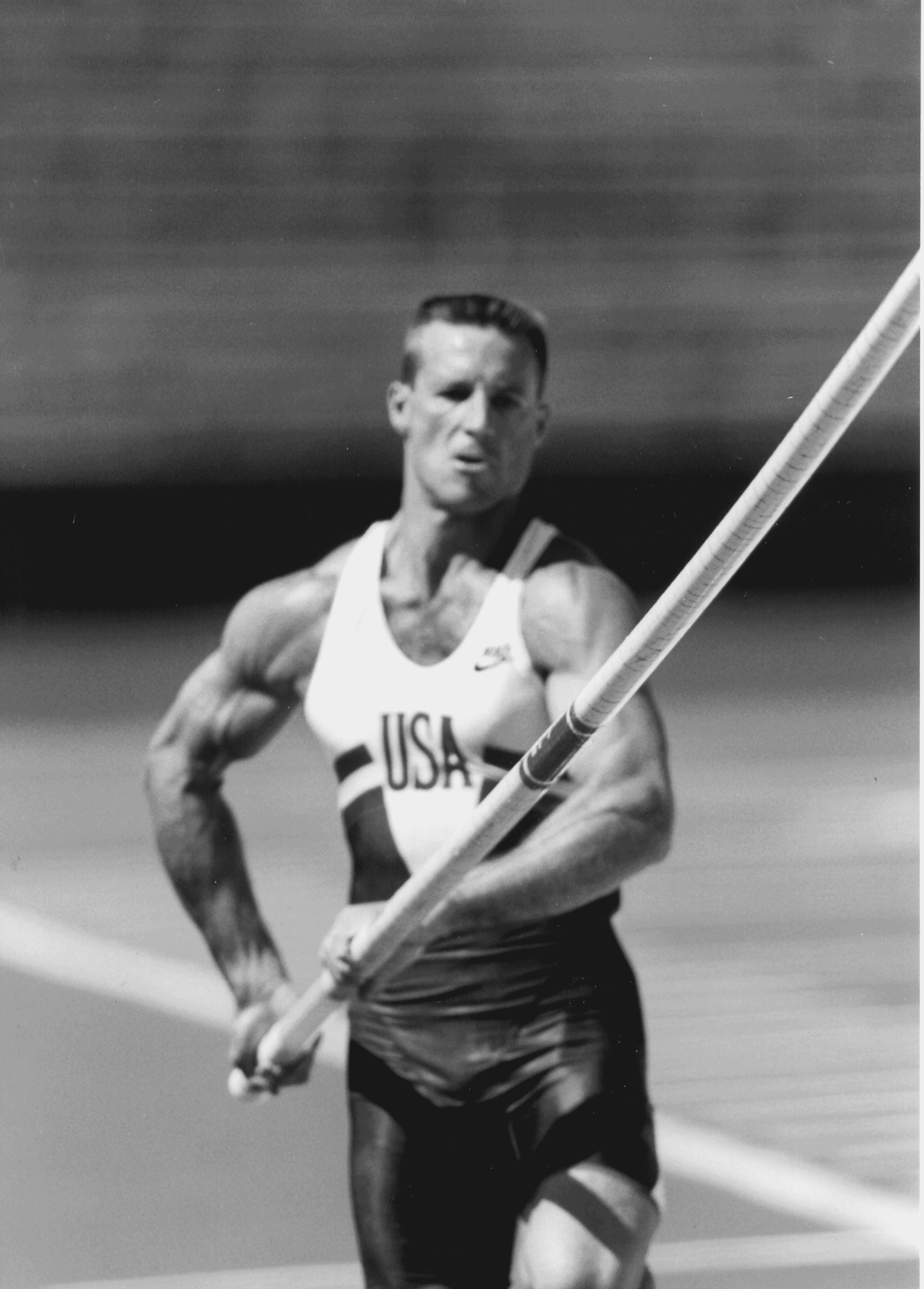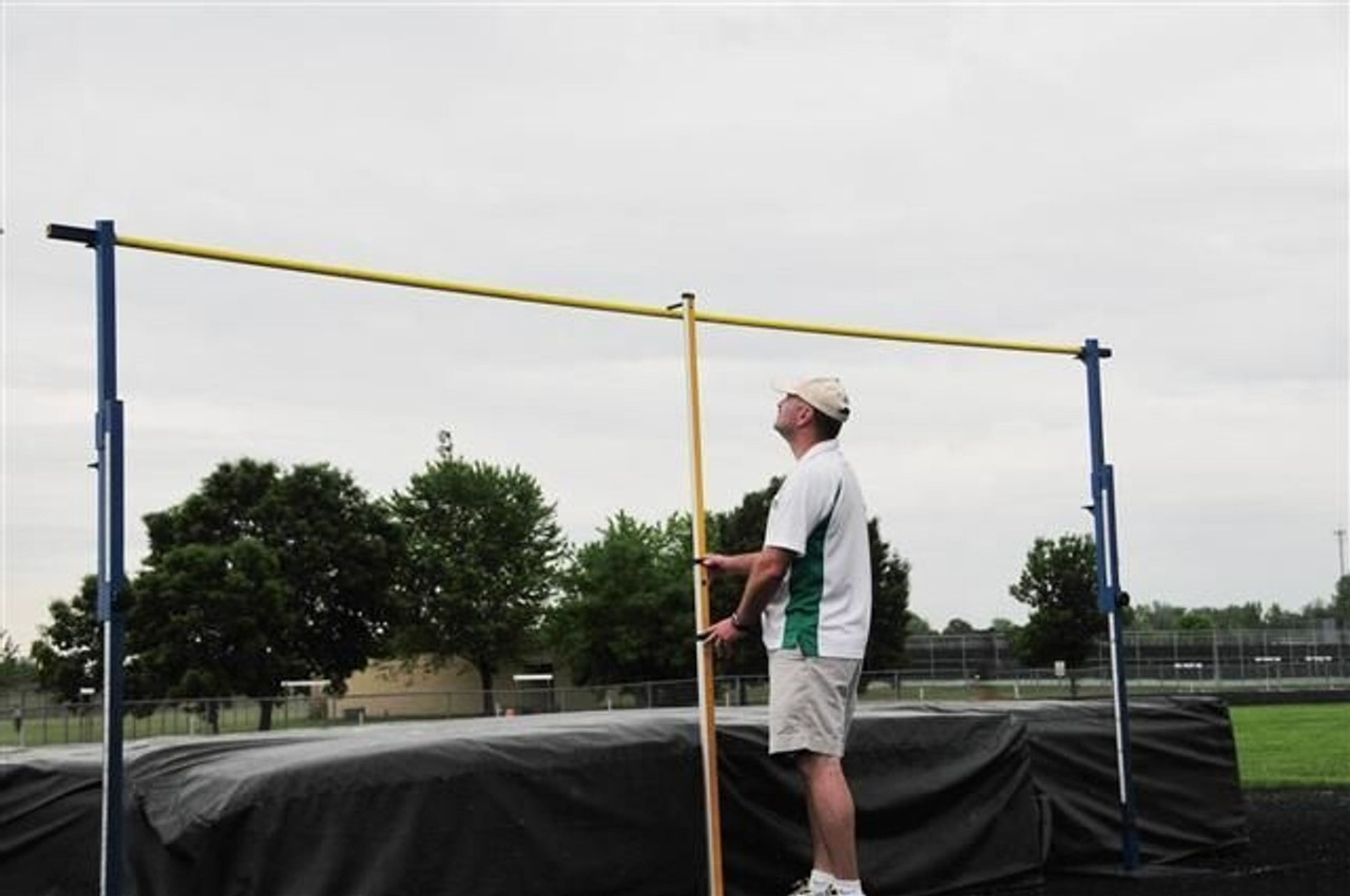Achieve Your Best Jumps: Expert Tips for Pole Vaulters on Peaking for Competitions
Unlock your peak performance with expert tips for pole vaulters. Master the art of peaking through strategic training, technique refinement, mental preparation, and decisive coaching to excel at crucial meets.
How to Peak for Pole Vaulters
Peaking for big meets is a crucial aspect of a pole vaulter’s training regimen. This delicate balance of tapering training loads, refining technique, and ensuring mental preparedness can make all the difference when it comes to clearing those critical heights. In this comprehensive guide, we will delve into strategies that will help pole vaulters achieve peak performance at the most important competitions of their careers.
Understanding the Concept of Peaking
Peaking is the art of timing an athlete's best performance to coincide with a specific event. For pole vaulters, this means being in optimal physical and mental condition to clear higher heights during crucial meets. It involves a well-thought-out process of reducing training loads while maintaining intensity, fine-tuning techniques, and ensuring overall well-being.
Phases of Training
The training regimen leading up to a big meet can be divided into several phases, each with its own specific objectives. The Base Phase, lasting 8-12 weeks, focuses on building a solid foundation of strength, endurance, and basic skills through general conditioning, weight training, and fundamental vaulting drills. Following this is the Build-Up Phase, spanning 6-8 weeks, where the intensity of weight training, sprinting, pole runs, and technical vaulting increases to develop specific strength and skills.
The Pre-Competition Phase, which lasts 4-6 weeks, sharpens skills and transitions athletes to competition-specific training with simulated jumps and technique refinement. As the competition nears, the Peaking Phase, lasting 2-3 weeks, involves reducing training volume to allow recovery while maintaining intensity. Finally, during the Competition Phase, athletes focus on strategy, mental readiness, and recovery between events, varying in duration based on the competition schedule.
Key Components of Peaking
Tapering the training load is essential for peaking. Gradually reducing the volume while maintaining intensity ensures that athletes remain sharp and avoid overtraining. Technical refinement is also crucial; athletes should emphasize techniques in pole drops, take-offs, and bar clearance, utilizing video analysis and coach feedback for adjustments.
Maintaining physical conditioning through short, high-intensity sessions that include plyometric exercises and sprint drills is vital. Equally important is mental preparation; developing a pre-competition routine, reducing anxiety, and using visualization techniques to mentally rehearse successful jumps can significantly enhance performance.
Proper nutrition and hydration cannot be overlooked. A balanced diet rich in carbohydrates, proteins, and healthy fats, along with staying hydrated, is essential, especially close to competition. Rest and recovery play a critical role as well, ensuring adequate sleep and utilizing recovery techniques like stretching, massage, and ice baths.
Strategies from Experienced Coaches
Consistency and simplicity are keys to success in big meets. Coaches should know the poles their athletes can use to clear bars with standards buried, identify and reinforce the athlete's mid-mark during warm-ups, and make confident decisions based on the athlete's best effort. Encouraging athletes to make decisions on pole selection and standard settings empowers them and builds confidence.
Detailed preparation is another cornerstone of peaking for big meets. Athletes should be well-versed in the rules, have their equipment ready, and understand the competition environment. Developing routines helps reduce stress and uncertainty, focusing on equipment checks, warm-ups, and mental readiness.
Handling pressure is an inevitable part of competition. Training athletes to manage stress, stay focused, and maintain control over their emotions is essential. Coaches should reinforce positive experiences and confidence-building exercises during training and smaller meets to prepare athletes for the big stage.
Case Study: Learning from Mistakes
One coach shared their experience of a young athlete who blew through a pole during a significant meet. Despite thorough preparation, the athlete struggled to adjust to a heavier pole in competition. The coach hesitated to move the athlete up a pole, ultimately costing the athlete a chance to qualify for the state meet. This scenario underscores the importance of decisive coaching, trusting the athlete's preparation, and encouraging athletes to take ownership of their performance decisions.
Conclusion
Peaking for big meets requires meticulous planning, unwavering discipline, and a keen eye for detail. By adopting these strategies and tips, pole vaulters can ensure they are in the best possible condition to perform at their peak when it matters most. Peaking is a personal journey, and adjustments may be necessary to suit individual needs. Stay committed, trust the process, and prepare to soar to new heights at your next big meet.









